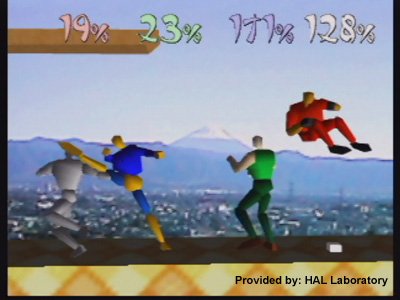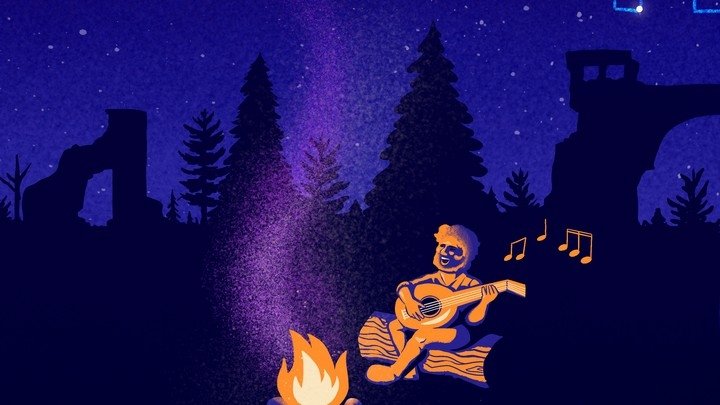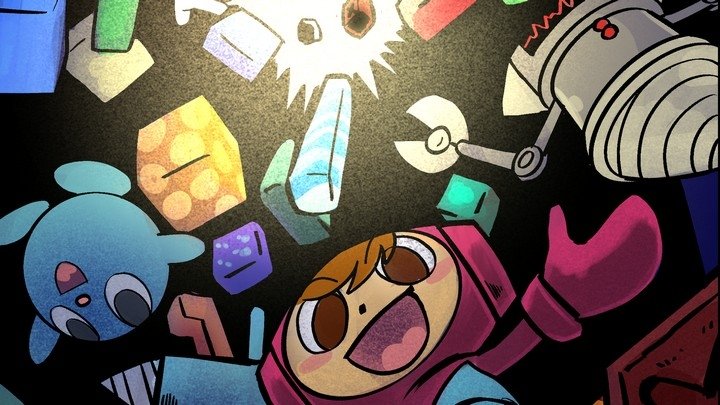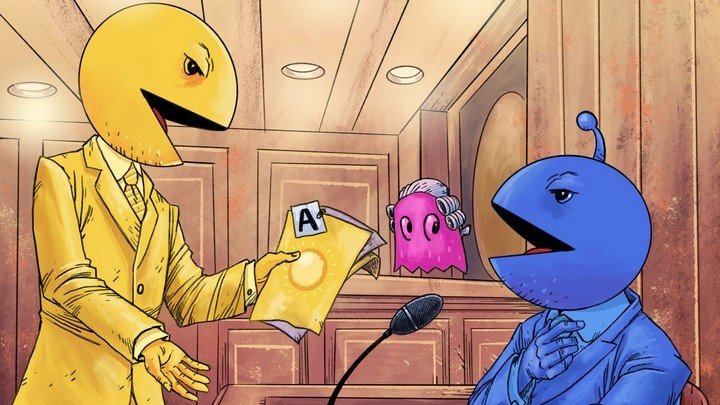Welcome to the brawlhouse: Super Smash Bros turns 20
In an era rife with fighters and crossovers, Nintendo shocked the world with Luigi vs Link
Considering the relatively short history of video games (there are non-elderly adults on this planet who are older than every single commercial video game console), Nintendo has always been the senior citizen of the medium. The company's most famous franchises began in the 1980s so by the time the console wars were booming in the 1990s, Nintendo already had a deep roster of beloved characters, many of whom already had a decade of games under their belts. This is significant because on this day 20 years ago, Nintendo successfully leveraged the public's affection for Mario and Luigi and Donkey Kong (and nine others) into a brand-new mega-franchise called Super Smash Bros by way of the simplest concept of all: "let them fight."
For those too young to remember, there was one video game genre that stood out among all others in the 90s: fighting games. Led by flagship titles like Street Fighter II and Mortal Kombat, fighting games became the hippest games in arcades and, as the technology caught up, home consoles as well. SNK's Neo Geo library, which had a lot of variety in its early years, transitioned to almost exclusively fighting games in the console's latter lifespan. Sega had Virtua Fighter and Sony had exclusive home-rights to Tekken, the 3D fighters that became the next big thing as polygon-chic surpassed 2D sprites in the public eye.
Despite the company's historical focus on family-friendly games, Nintendo was not immune to the allure of fighters. Ports of Street Fighter II and Mortal Kombat were big sellers on the SNES, albeit it via expurgated versions that cut out all depictions of blood. But the popularity of Mortal Kombat was such that its two sequels came to SNES with all the gore intact, and Nintendo partnered with Rare and Midway to make their own violent fighting game, Killer Instinct.
It was in this jam-packed environment that Masahiro Sakurai, then working for HAL Laboratory, wanted to create a new kind of fighting game. Instead of 1-on-1, which the overwhelming majority of fighting games were, his idea was a "4-player Battle Royal." He bought his idea to then-president of HAL, Satoru Iwata, and the two of them collaborated on bringing the prototype to life. According to an interview in 2008, Iwata personally programmed the game entirely on the weekends during his spare time, while Sakurai handled everything else. The background image for the prototype was a photo taken by Sakurai in Ryuoh-cho, the neighborhood in Yamanashi prefecture where HAL Laboratory was located (you can see Mt. Fuji in the distance). As Sakurai put it, "The team setup was like one that would be making a game for the NES!"

Sakurai's pet project, called Kakuto Geemu Ryuoh (literally "Fighting Game Ryuoh") featured a generic cast of polygon pugilists until he dared to request permission from Nintendo to use the company's famous characters as combatants in order to "accurately convey to the players the atmosphere of the gaming world." In Sakurai's eyes, a fighting game on a home console needed that hook, that sense of atmosphere, to make players care about the action. With Super Smash Bros, that hook proved to be a brilliant justification for pitting Nintendo's otherwise unrelated characters against one another: all the fighters were dolls in a toy chest and all their battles were just imaginary.
Again, by the late 90s when Sakurai and Iwata were making their prototype, fighting games were so huge that all-star crossovers were already a thing. SNK's King of Fighters series was in full swing and featured dozens of established characters from the company's many arcade games. Capcom had likewise launched the VS. series where the company's popular characters fought against licensed Marvel superheroes (Marvel vs Capcom would debut in arcades in 1998). One year later, SNK and Capcom characters would even be featured in games pitted against each other. The time was right for Nintendo to get into the universe-blending brawl business.
Looking back on the original Super Smash Bros today, the first game is positively quaint in its restraint. There are only 12 characters and only one of them is unambiguously female (Samus Aran in her power suit, as the Zero Suit would not exist for five more years). All of the characters belonged to Nintendo, HAL, or Game Freak. It wouldn't be until Super Smash Bros Brawl on the Wii in 2008 that outside characters would join the franchise. Jump forward in time to 2019 and Super Smash Bros Ultimate has so many characters from such a broad variety of companies that at this point I wouldn't even be surprised if real, living people were announced as guest fighters (hey, Nintendo's done it before).
As a Nintendo fan and a fighting game fan back in 1999, I found the original Super Smash Bros to be immediately entertaining. Pokemon was still a recent phenomenon in the United States, meaning a battle between Pikachu and Donkey Kong felt like two eras of video game history colliding. The unique controls took some getting used to but they were a perfect fit for the Nintendo 64's oddball controller (a fact which Iwata later said was his "main reason" for taking on the project in the first place). The biggest change was the damage system: in a genre of rigid life values where 0 = KO, Super Smash Bros flipped the script by making damage an increasing value that adds risk. A player with 300% damage could still defeat an unhurt player under the right circumstances. The stock system also allowed for varied gameplay options: do you want to fight until players run out of lives, or would you rather play for 3 minutes with an unlimited number of tries? These were the kinds of things that no other fighting game, 2D or 3D, could possibly introduce.
20 years after Super Smash Bros debuted, the video game landscape could not be more different. The console wars as we knew them no longer exist, 2D vs 3D is simply an aesthetic choice rather than a loony "past vs present" paradigm, and a more global game market means anyone can make a game and potentially find an audience. Yet Smash Bros remains a force of nature, a whirlwind of a product that serves as both a party game and a gallery of gaming's past. It is both accessible to everyone yet expert-level techniques exist, putting it on par with more "serious" tournament mainstays like Street Fighter or Tekken.
Not bad for a prototype made by two moonlighting programmers in Yamanashi.
Header image courtesy of Chromagi.com




